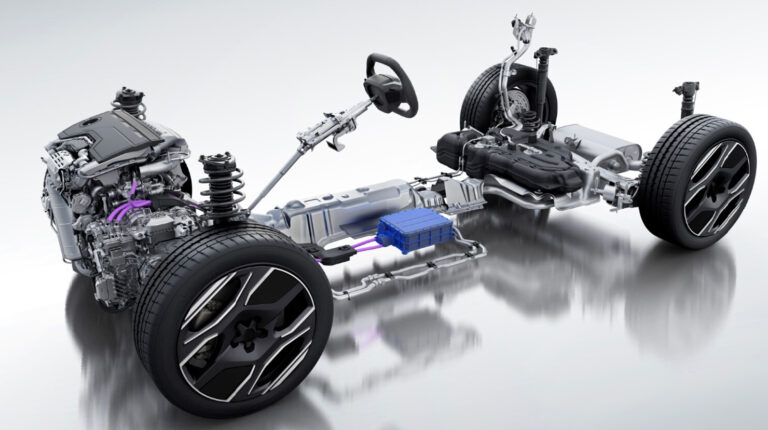Stellantis is expanding its hybrid powertrain solutions in response to increasing customer demand in Europe.
The company says it will have 30 hybrid models available this year, with plans to launch six additional models by 2026. These new hybrids are expected to feature electrified dual-clutch transmissions (eDCT) designed to provide improved performance and affordability.
The eDCT technology aims to enhance energy recovery by capturing kinetic energy during braking and deceleration and storing it in a compact battery for reuse during acceleration, to enhance fuel efficiency.
Sellantis’s current and upcoming hybrid models available in Europe this year include a diverse range of vehicles from various brands. Alfa Romeo will offer the Junior and Tonale. Citroën will introduce the New C3, New C3 AirCross, C4, C4X, C5 AirCross and C5X. DS will launch the DS 3 and DS 4. Fiat’s line-up will feature the Panda and 600. Jeep will release the Avenger, Renegade and Compass. Lancia will present the New Ypsilon, and Maserati will unveil the Grecale. Opel/Vauxhall will offer the Corsa, Astra, Astra SportsTourer, Mokka, Frontera and New Grandland. Finally, Peugeot will introduce the 208, 308, 308 SW, 408, 2008, New 3008 and New 5008.
eDCT technology and production
The eDCT technology, now installed in most Stellantis-brand hybrid vehicles in Europe, features a 21kW electric motor that enables transitions between electric and hybrid modes. The system’s 48V, 0.9kWh battery provides up to 1km of range in steady driving and supports electric propulsion during light-load cruising or coasting.
The eDCT-based hybrid system can achieve up to a 20% reduction in CO2 emissions compared with a combustion engine with an automatic transmission, according to Stellantis. The modularity of this technology also supports plug-in hybrid vehicles due to a high commonality of components.


